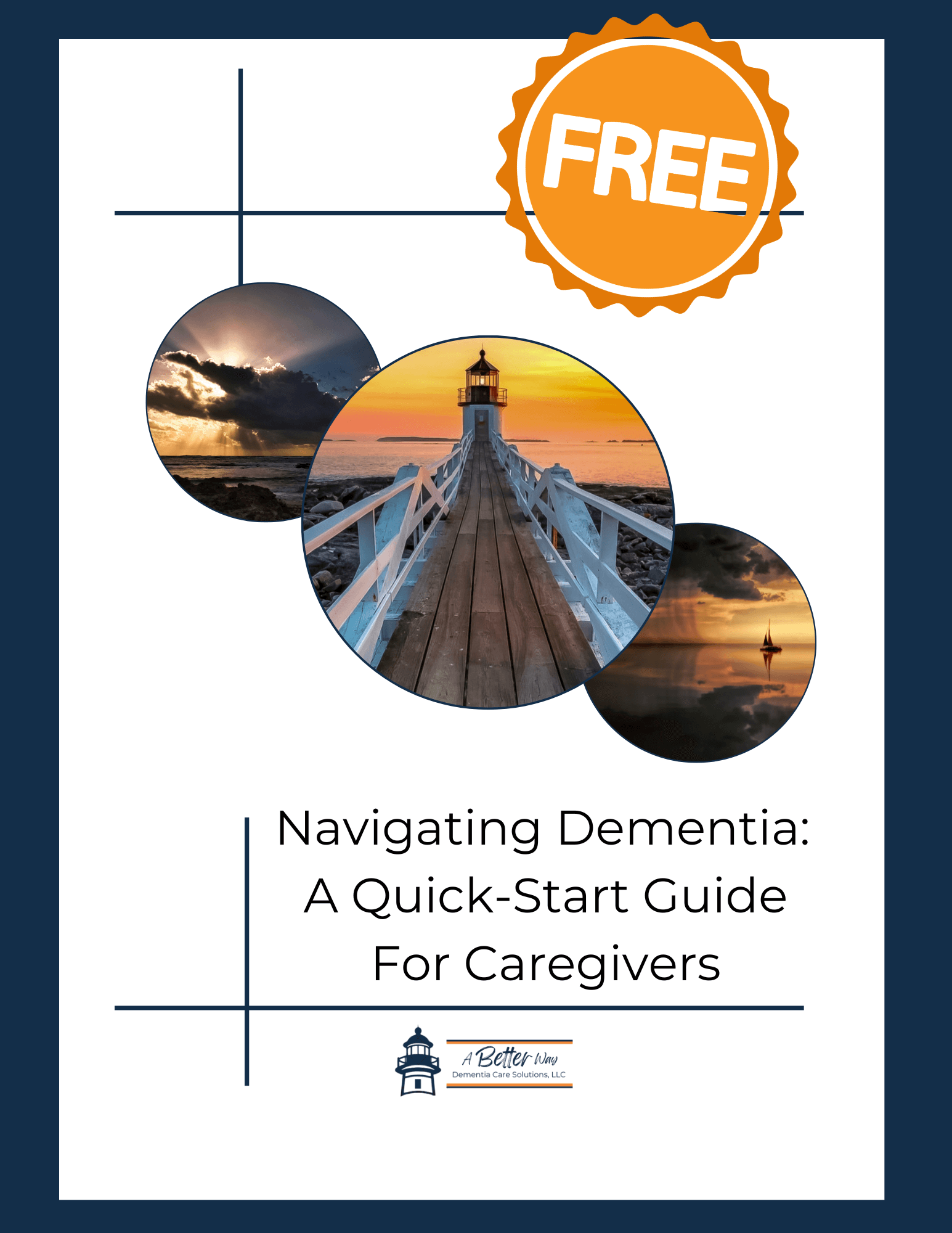
It’s hard to watch someone you care about stop eating. It can leave you feeling helpless, anxious, or like you’re doing something wrong. But here’s the thing-this happens a lot with dementia. If you’re facing this, you’re not alone. Let’s walk through what might be going on and some simple, low-stress ways to help.
Why Appetite Changes in Dementia
Dementia affects how the brain processes hunger, taste, and even how food feels. Sometimes your person just doesn’t recognize food or forgets what it’s for.
Some common reasons include:
1. Physical stuff
• Medications that mess with appetite or cause nausea
• Mouth pain, dental issues, or dentures that don’t fit well
• Tummy troubles like constipation
• Swallowing difficulties (dysphagia)
2. Emotional or sensory things
• Food doesn’t smell or taste the way it used to
• They feel anxious, sad, or confused at meals
• Too much noise or activity around them
• They don’t recognize the food or know how to eat it
These changes aren’t your fault. They’re just part of how dementia affects the brain.
What Not to Do (And Why)
It’s totally normal to want to encourage, beg, or sneak food in. We’ve all been there. But pushing can backfire. Mealtimes might start feeling stressful for both of you.
Try to shift the focus. Instead of getting food in, think about making the moment calm and connected.
What Helps: Gentle Strategies to Encourage Eating
1. Make it personal
Stick with what they’ve always loved. If they want pancakes for dinner, why not? The goal is comfort and familiarity.
2. Keep it simple and calm
• Turn off the TV and other distractions
• Use soft lighting and maybe a little background music
• Try bright red plates. Red helps the food stand out
• Sit with them, even if you’re not eating
• Keep portions small and give them more as they go.
3. Smaller, more frequent meals
Three big meals can feel overwhelming. Instead, try smaller snacks throughout the day. A handful of crackers mid-morning, a smoothie in the afternoon. Every bit counts.
4. Use tools that make eating easier
Certain utensils and dishes can really help:
- Adaptive Utensils: Great for shaky hands buy it on amazon
- Slip-Proof Lipped Red Plate: Helps food stay on the plate and stand out visually buy it on amazon
- Spill-Proof Cups With Handles: Makes drinking easier and prevents spills buy it on amazon
These tools help your person eat more independently and with less frustration.
5. Give choices
Try saying, “Would you like yogurt or applesauce?” Simple options feel more doable than open-ended questions or demands. It also gives them a sense of being in control when they get to choose.
6. Wake up their senses
• Serve warm foods that smell good
• Use colorful fruits and varied textures
• Sometimes the look or smell is enough to spark interest
7. Don’t forget fluids
Hydration helps appetite and brain function. Try:
• Smoothies or milkshakes
• Broth or soups
• Fruits like oranges or watermelon
• Water bottles with time markers to track how much they’ve had buy now on amazon
8. Make it a nice moment
Have tea together. Cook something small side by side. Sit in silence with a hot drink. Make a toast. These little rituals add warmth and comfort.
When They Still Say No
Sometimes they just won’t eat. That’s okay.
• Take a break and try again later
• Offer a warm drink or just keep them company
• It’s not about cleaning the plate. It’s about being there together.
When to Call the Doctor
Check in with a healthcare provider if:
• They’re losing weight quickly
• They haven’t eaten or had anything to drink for more than 24 hours
• You see signs of dehydration: dry mouth, dark pee, confusion
• They’re coughing or choking when eating
Doctors, dietitians, or speech therapists can help figure out next steps.
Home Environment Tips
• Clear off the table so it’s not distracting
• Use bright, contrasting plates so food stands out
• Keep background noise low
• Use the same utensils or setup each day for familiarity
Fresh air helps too. Sitting outside or by a sunny window can lift their mood and yours.
Want Help Putting This Into Practice?
Your "Calmer Meals in 5 Days" Email Course Is Here!!!
If you want even more step-by-step help creating safe, delicious, and easy-to-prepare meals, my "Calmer Meals in 5 Days" Email Course is designed for dementia caregivers, family supporters, and care professionals. For only $15, you will learn how to adapt meals to meet both safety and enjoyment goals, save time in the kitchen, and bring more peace to mealtimes.
Even simple strategies can ease stress and make eating safer and more enjoyable.
You’re doing important work, and you’re not alone. With the right tools and support, you’re creating a better way to care-one meal at a time.
Notes
Want to keep figuring this out together?
Subscribe to Finding Our Way in Dementia Care and get honest stories, helpful tips, and gentle support delivered to your inbox every week. Just real talk, grounded care, and space to breathe.
Subscribe to Finding Our Way in Dementia Care and get honest stories, helpful tips, and gentle support delivered to your inbox every week. Just real talk, grounded care, and space to breathe.
Kind truth. Clear steps. Warm guide.

















0 Comments